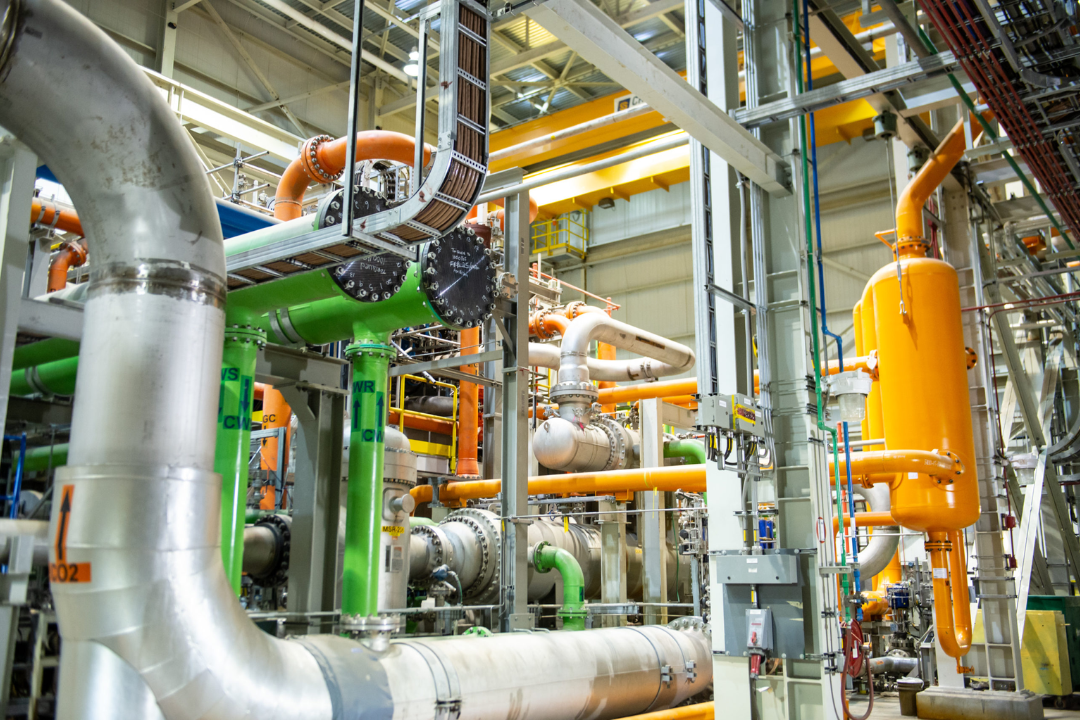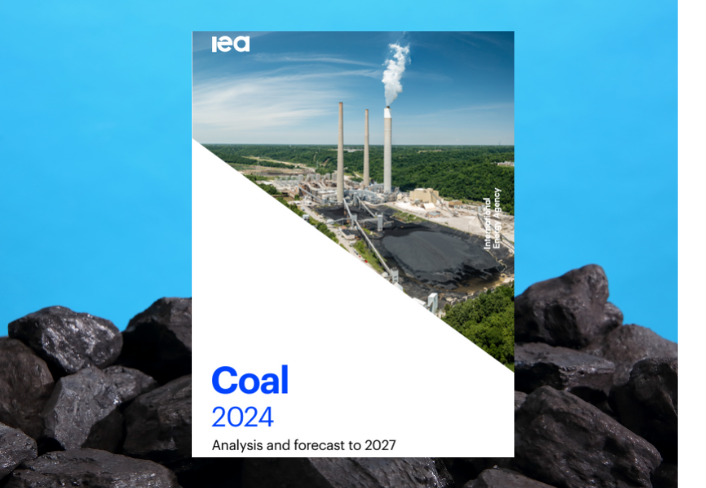
FutureCoal Spotlight Series: Coal is Sustainable
Paul Baruya
By Paul Baruya, Director of Strategy and Sustainability
Welcome to part 1 of our FutureCoal Spotlight Series. In this segment, I will discuss how coal is sustainable.
I came to FutureCoal as the Director of Strategy and Sustainability because I was impressed by its pragmatic, realistic, and evidence-based approach to balancing environmental and economic goals for all countries, especially those that rely on coal for their energy needs.
Coal is still a major source of energy for many regions and nations, and it will not be phased out overnight. Prematurely phasing out something that can be abated, especially when it is a finite resource, goes against the very goals we seek to achieve. It’s about phasing out emissions, not phasing out the fuel itself—a distinction crucial for sustainable and effective environmental efforts.
FutureCoal promotes and supports the adoption of abatement technologies that can reduce the environmental impact of coal activities, from mining to burning. By using these technologies, we aim to lower the emissions and pollutants from the coal sector, improve the efficiency and safety of coal operations, and enhance the quality of life of workers and communities.
Simply calling for the elimination of a fuel ignores the realities and needs of millions of people in developing countries who depend on coal for their energy security and economic development.
“Coal is not sustainable”
I have extensive experience as a former senior analyst at the International Centre for Sustainable Carbon but also as an environmental consultant, where I specialised in the economics of mining, coal, and gas competition in Asia, and studied energy in Africa and global biomass resources, energy efficiency and renewable energy. Based on my expertise, I can confidently say that coal has the potential to be sustainable.
Before I explain my statement, let me clarify that no human activity is completely sustainable, and calling wind and solar power “green” ignores environmental impacts like raw material extraction and the land use needed, especially when considered on a per kWh of output basis.
Sustainability involves a range of efforts to minimise and restore disturbance and this includes energy security, and empowering coal communities in developing countries.
We don’t oppose the phase-out of old, highly inefficient coal plants that don’t meet adequate air quality standards. However, it’s important to recognise that much of the activism is based on outdated technology rather than an evolved understanding. Modern coal plants in Japan, Germany, China, and across Asia have demonstrated the capability to generate electricity with nearly zero particulate and SOx emissions, along with significantly low NOx levels.
Technologies include carbon capture and storage (CCS), which capture and store CO2 from coal-fired power plants; high-efficiency low-emissions (HELE) technologies can enhance the efficiency and reduce emissions. This can be done with a plethora of solutions, not least ultra supercritical technology with a suite of emission control systems, combined heat and power (CHP), also known as cogeneration can replace the need for capital investment in separate power and heat plants.
Co-firing with biomass or natural gas can decrease the carbon intensity of coal-fired power plants. These technologies are not only available but also proven.
Coal is also essential for industrial production, such as steel and cement, vital for building infrastructure and improving living standards.
Sustainable coal is not greenwashing, but rather a key element of a balanced and low-carbon energy mix. It also supports the communities that depend on coal for their livelihoods and well-being.
Sustainable coal involves the use of advanced technologies and practices to improve the efficiency and environmental performance of coal-fired power plants.
The technology exists to reduce emissions from a coal-fired power plant by 99%, and even more, including CO2. These go beyond what is expected of a net zero power station. Decarbonised solutions can also be practices all the way up the value chain back to the mine.
This sustainable value chain can also complement the growth of renewable energy sources by providing backup power and grid stability.
Coal is a valuable resource that continues to enable millions of people to improve their lives and achieve their aspirations. It can also create new opportunities for innovation, investment, and cooperation in the energy sector.
Paul’s biography:
Paul Baruya is the Director of Strategy and Sustainability at the FutureCoal.
He comes with a background in environmental consultancy at AEA Technology (now Ricardo), where he devised the New Entrant Reserve CO2 allocation for new power plants and industrial facilities and was involved in numerous projects involving end-user energy efficiency and CO2 reduction campaigns.
He also has experience in long-term forecasting and modelling of global coal and gas markets at IHS Global Insight (now IHS Markit), and energy use and emissions from power generation, steel, cement, and transport sectors.
Previous to FutureCoal, Paul was a senior analyst at the International Centre for Sustainable Carbon, a Technology Collaboration Programme of the IEA, studying the cost structures of mining, coal and gas competition in Asia, energy in Africa, and global biomass resources.
More recently, Paul joined FutureCoal, where he supports advocacy for advanced coal abatement technologies and the strategic role of coal in developing economies.
Paul graduated from Imperial College with an MSc in Environmental Technology.


